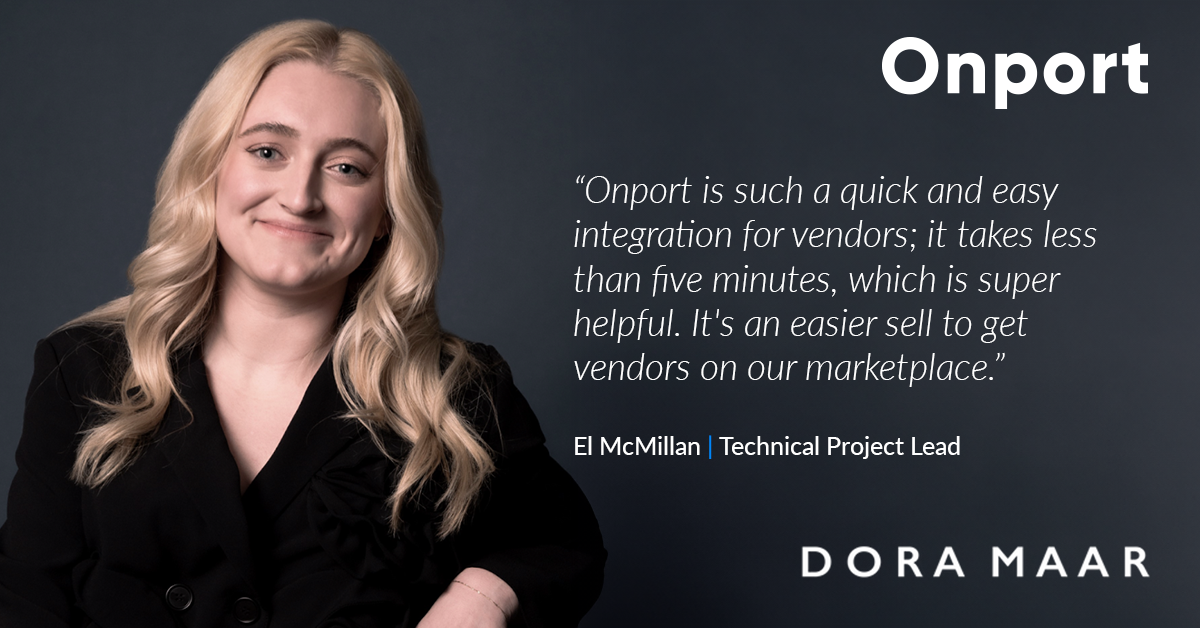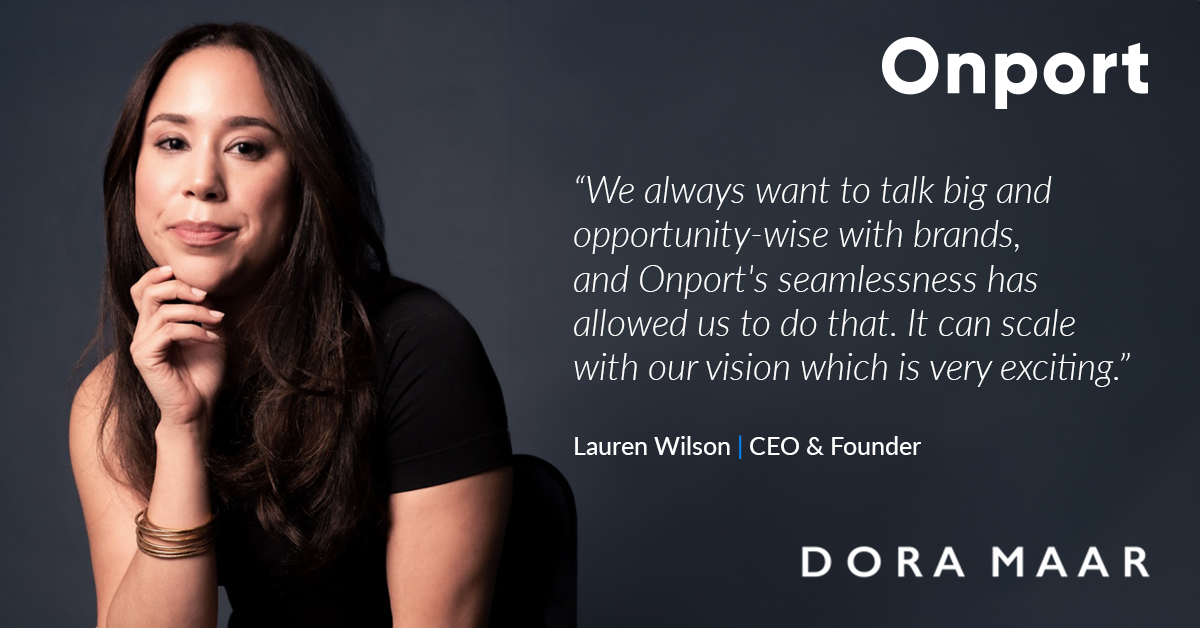Why Retailers Are Turning To The Marketplace Model To Scale their Ecommerce Operations
Why are retailers turning to the marketplace and dropshipping models?
Marketplaces dominate the global retail ecommerce landscape and will only keep growing in market share. In the US alone for example, retail marketplaces represent over one-third of all retail e-commerce sales, and is expected to grow by over 10% year on year from $385 billion in 2023, to $603.2 billion in 2027.
It is very challenging for Retailers to compete with the largest online marketplaces without expanding product offering and providing curated experiences for their online customers. The marketplace and dropshipping business models present a great opportunity for Retailers to finally be able to expand product catalog with zero inventory risk and compete to gain market share from their online business.
Current Trends in The Ecommerce Landscape
However, in order to build a multi-vendor marketplace companies are required to make key technology decisions to ensure they can scale efficiently. This playbook discusses current trends in the digital commerce landscape, the evolution of marketplace and dropshipping models, and the characteristics of best-of-breed technology solutions.
Retailers will learn why adopting these models is essential for future-proofing their business, how to curate a curated multi-vendor marketplace, and be introduced to the technology available to launch a marketplace without the need of building it from scratch.
The Emergence of the Multi-Vendor Marketplace
A multi-vendor marketplace is an ecommerce platform where retailers sell products from several brands using either the marketplace or dropshipping model. Although very similar, these models have distinct differences.

Dropshipping Model Defined
Dropshipping is a fulfillment method where retailers list products on their website, receive orders, and then forward these orders to vendors for shipping. Vendors handle packaging and shipping directly to the buyer under the marketplace's brand.
Marketplace Model Defined
For the most part, the model is same as above, however, retailers collect payment and route the order to the brand, which handles the delivery under its own branding. Retailers take a commission on the sale from the brand.
The primary difference between the models lies in the retailer's relationship with the vendor: in dropshipping, the retailer buys the product; in the marketplace model, they take a commission. Customer relationship management, such as support and returns, also differs.
Large retailers - like Walmart - already use these models to diversify their product catalogs without assuming any inventory risk. Curated multi-vendor marketplaces, such as Stadium Goods and Dora Maar, are the fastest-growing e-commerce segments in the world. According to emarketer.com, they will make up nearly 35% of all US retail ecommerce activity by 2027.
Francisco Campos, an expert panelist at the GS1 Regional Forum in 2023, notes that retailers no longer need to hold a vast assortment of inventory, hence reducing financial risk and allowing them to test new products and categories using their existing customer base.
The Technology to Launch a Marketplace is Widely Available Today
Advancements in technology have made launching a marketplace accessible to all Retailers, even the most traditional ones. Although until now the technology powering ecommerce companies was built in-house, nowadays solution providers offer seamless and cost-effective marketplace systems to manage their operations. These systems are designed to meet specific technical requirements and a large number of use cases, such as Onport's pre-built modules using composable technology.
Case Study: Dora Maar
Dora Maar transformed into a B2B2C luxury fashion marketplace by implementing the Onport Platform. El McMillan, Technology Project Lead at Dora Maar, highlights the ease of integrating solutions like Shopify.

Laura Wilson, founder of Dora Maar, emphasizes the strategic benefits of using pre-built tech solutions to scale their marketplace. Automating manual tasks and having a self-service vendor portal has been crucial for Dora Maar’s growth, enabling them to expand their vendor base and improve operational efficiency.

Top 5 Tips for Building Your Curated Retail E-commerce Marketplace
Tip #1 - Know Your Niche
Identify and understand your target audience. Whether you're an established business or launching a new marketplace, focus on a specific product category or service that will succeed in your chosen niche.
Tip #2 - Solve the Chicken and Egg Question
Determine whether to build supply (vendors) or demand (customers) first. Established retailers can leverage their customer base to attract vendors, while new marketplaces should focus on building supply to offer customers a wide selection.

Tip #3 - Add Value to Your Vendors
Show vendors how your marketplace can help them expand their market reach. Highlight the benefits of selling through your platform without cannibalizing their own sales.
Tip #4 - Nail Your Branding & SEO
Create a strong brand that customers love and emphasize SEO to drive organic traffic. Good branding and SEO will reduce customer acquisition costs and increase visibility.
Tip #5 - Reward Customer Loyalty
Ensure customers keep returning by offering a great experience and loyalty programs. Retaining customers is more cost-effective than acquiring new ones.
Marketplaces are here to stay
With the many advantages e-commerce models offer, such as customer loyalty and diversified product offerings with minimal risk, it’s no surprise that many retailers are launching their own marketplaces. While some opt for custom-built solutions, partnering with Onport provides a comprehensive backend e-commerce platform, enabling retailers to establish agile and scalable multi-vendor operations quickly.
Onport
Onport is an Ecommerce Marketplace and Dropshipping Platform enabling companies to centralize the core areas of backend marketplace dropshipping operations using next-generation composable technology - inventory syncing, order routing, shipping workflows, payment automation and returns management.
“With Onport, we could launch in less than three months, which we just couldn’t have done had we built the system ourselves.”
Frank A. Ricciardi | Founder & CEO at Maavee
Over 200+ companies in the e-commerce space are future-proofing their business with a solution trusted by brands such as Stadium Goods, Cupra, Ivalo, and Naduvi.
